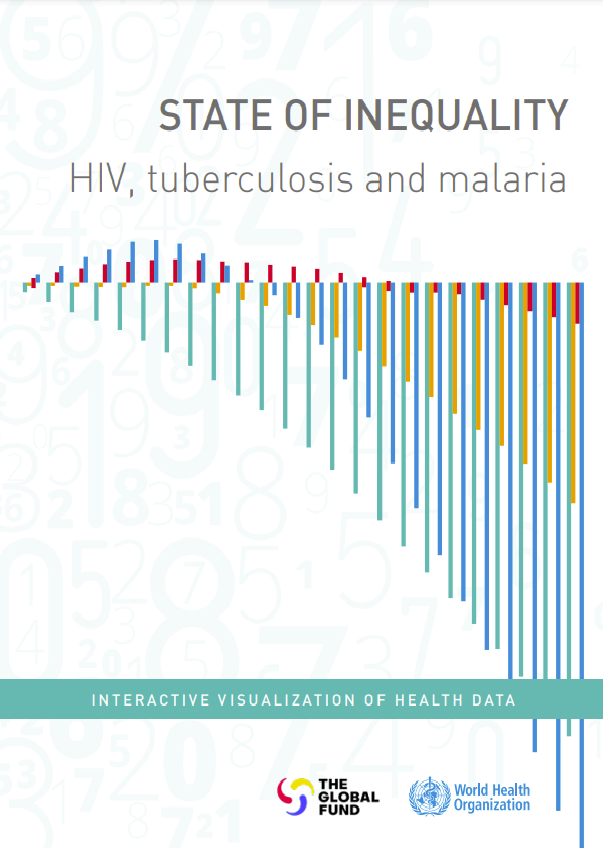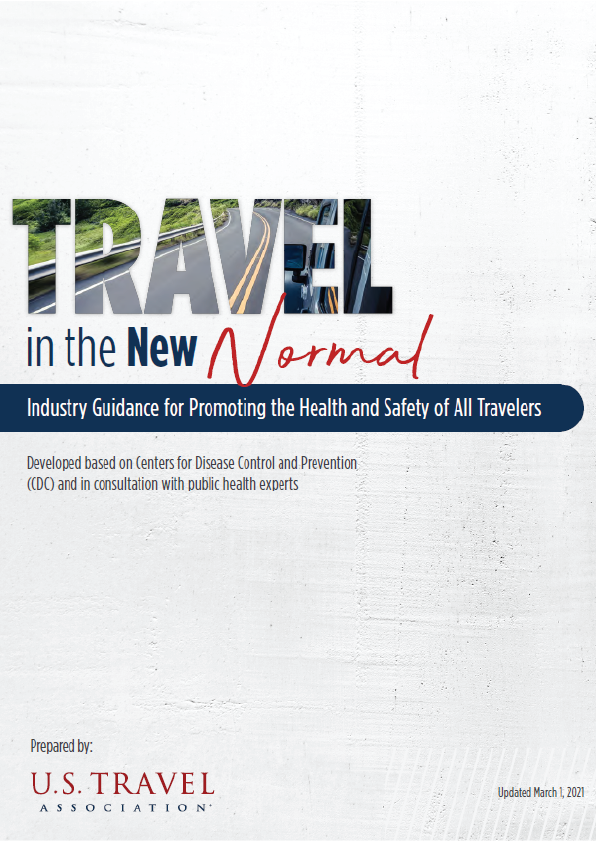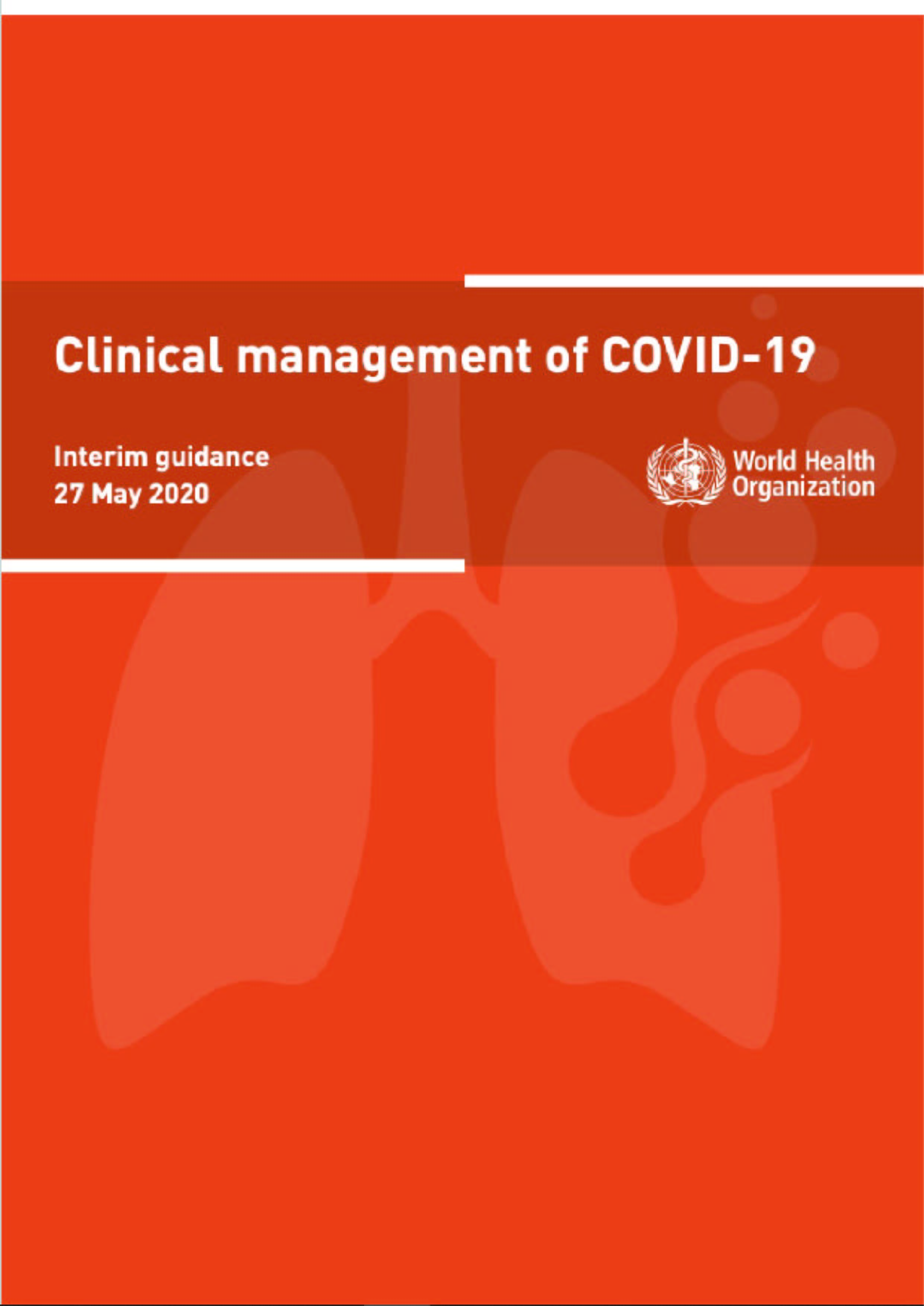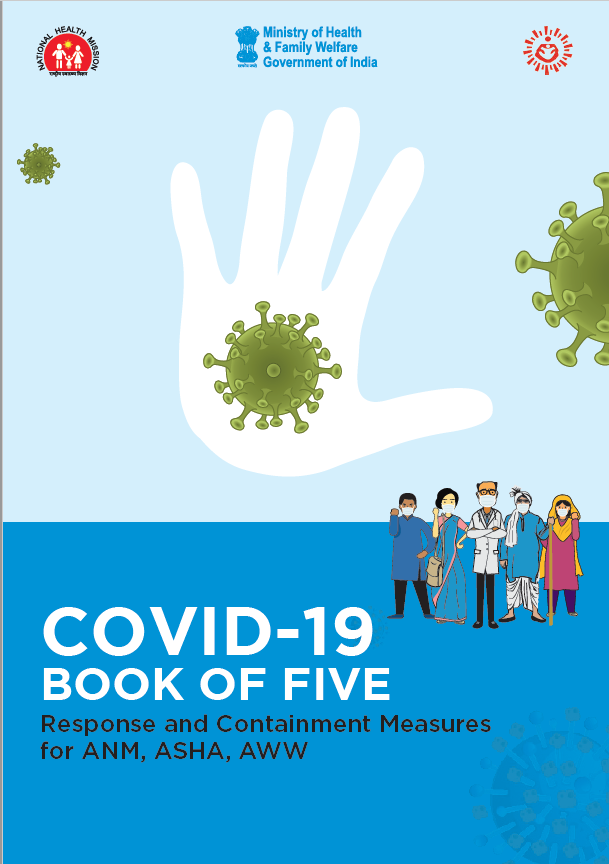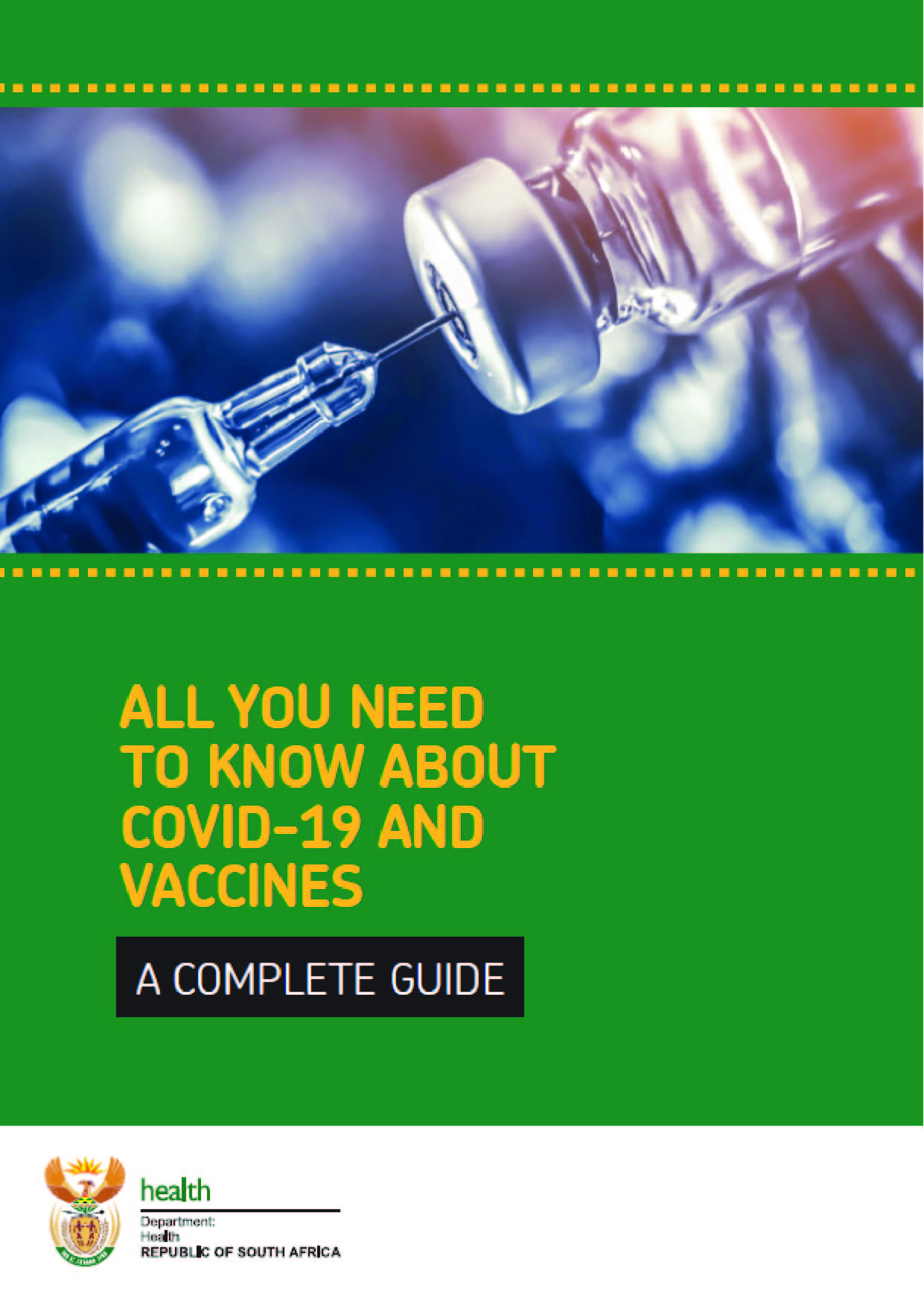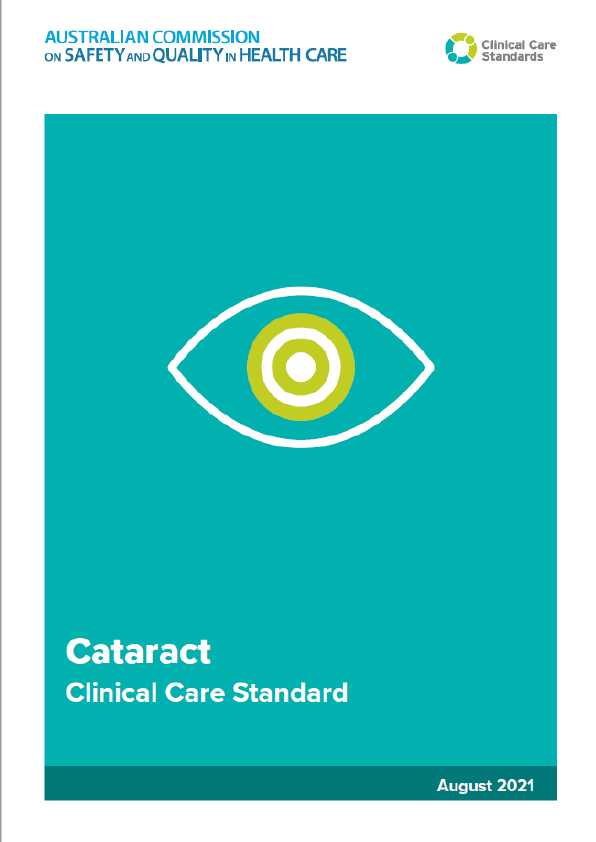HIV, tuberculosis (TB) and malaria are diseases of poverty and marginalization, with a heavy toll among populations that are chronically disadvantaged. Although remarkable progress has been made in reducing the overall burden of each disease over the past decade, certain population groups have persistently higher disease mortality and morbidity and lower access to life-saving interventions.
Existing inequities have been widely acknowledged as barriers to achieving global and national goals and targets in HIV, TB and malaria programmes. These inequities have become even more pressing amidst the uncertainty of the COVID-19 pandemic. Yet, the magnitude and extent of health inequalities remain poorly documented and understood. This is the first monitoring report devoted to systematically assessing the global state of inequality in the three diseases, quantifying the latest situation of inequalities within countries and change over time. The report is timely due to the renewed emphasis on equity in prominent global initiatives and plans, including the United Nations 2030 Agenda for Sustainable Development, and global strategies to end AIDS, TB and malaria.
The novelty of this report lies in its comprehensive and systematic approach to presenting the state of inequality across the three diseases. Using the latest available global data for 32 health indicators (addressing the burden of disease; knowledge, attitudes and practices; detection; prevention; testing and treatment; and social protection) and up to 186 countries, the report quantifies within-country inequalities by sex, economic status, education, place of residence and age. Where data are available, it includes an assessment of how the current level of inequality (2011–2020) compares with that a decade earlier (2001–2010) (Box E1). The findings of this report are situated alongside an extensive literature review. This offers background context about situations of inequality and inequities across settings, and insights into the challenges faced by key and underserved populations that experience a higher epidemiological burden of disease alongside reduced access to services. The data used in the analyses are available for further exploration in accompanying interactive visuals and data.
The intended impact of this report is to serve as an evidence base for further action, informing the development and implementation of differentiated policy and programme responses that are equity oriented. The key findings identify areas of potential concern, where inequalities in HIV, TB and malaria are high and unchanged or worsening, and where certain groups may be less likely to access or benefit from key services and interventions. The findings of the report also reveal situations where certain interventions benefit the poorest, least educated and rural communities. Taking this into account, the report indicates where more or better-quality data are required for strengthened inequality monitoring. Specific examples of equityoriented policies and programmes are provided, while also acknowledging that an important next step is to initiate in-depth discussions of how the report findings can be translated into effective action to tackle inequities.
Conclusions
The COVID-19 pandemic has had far-reaching and devastating impacts on health and health systems worldwide. Against the backdrop of the COVID-19 pandemic, the quality and availability of essential care for all conditions, including HIV, TB and malaria, have been compromised. Testing, treatment and prevention programmes have suffered widespread interruptions, and many people have faced changes in routine services and heightened stigma, discrimination and fear. Tackling inequities in HIV, TB and malaria is key to accelerating progress and closing the persistent gaps in access to care and health outcomes across population subgroups.
Identifying and characterizing inequalities through health inequality monitoring lends important insights to inform differentiation in service provision, so that resources are aligned to achieve maximal impact. An understanding of patterns of inequalities can help to promote equity by increasing the availability of essential health services and interventions among groups at higher risk of infection or mortality. Recognizing instances where countries have reduced inequities to improve access to key services among groups experiencing higher burden of disease provides an important opportunity to dig deeper into understanding how and why actions were successful. The results of health inequality monitoring, alongside consideration of relevant in-depth quantitative and qualitative studies, can be used to inform equityoriented policies, programmes and practices, which are central to address the underlying conditions that put groups at higher risk for HIV, TB and malaria.
The impact of monitoring activities, however, lies in their application. Developing technical capacity for health inequality monitoring is important to ensure the process is rigorous and impactful and generates change. Capacity-building activities may encompass identifying and implementing changes to data sources to strengthen the data available for inequality monitoring. To ensure the representation of all groups, data collection efforts should take into account subnational and civil society programmes that work with disadvantaged groups. Other activities include conducting training and skills-building sessions for data analysis and for conducting quantitative and qualitative studies; and strengthening reporting approaches to effectively reach diverse target audiences.
Importantly, there is a need to support activities and practices that translate the findings of inequality analyses to inform the development of policies and programmes and to empower the wider use of data.
